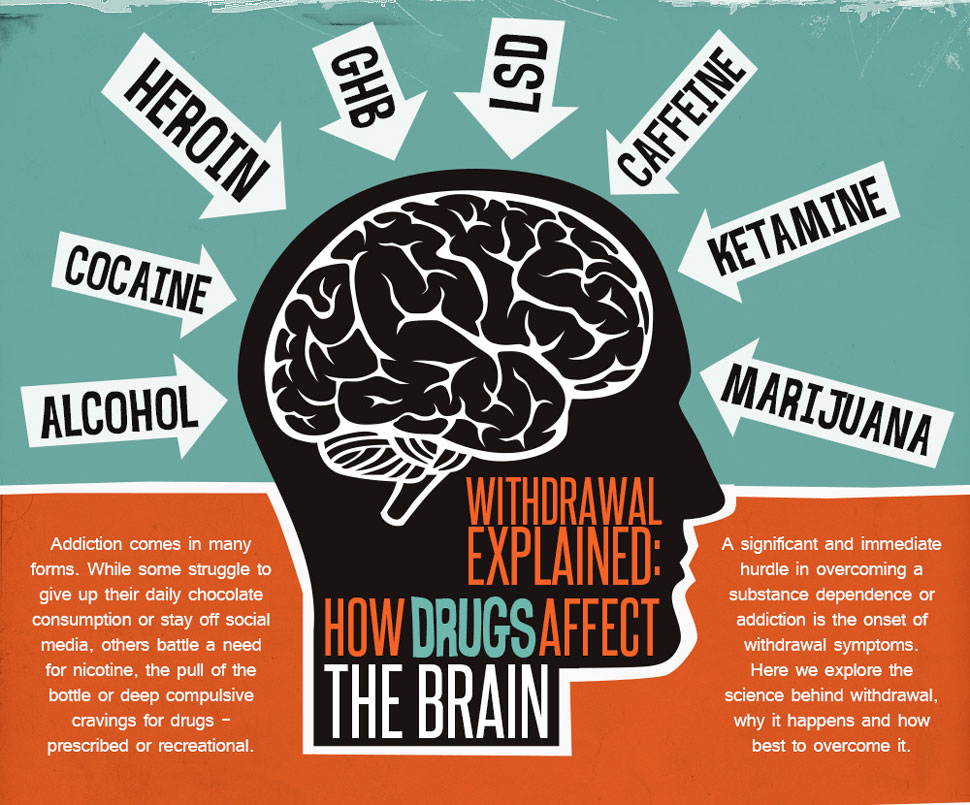

Lead author, psychiatrist and neuroscientist Ye Ella Tian, explained on Twitter that those diagnosed with a mental illness showed subtle brain changes as you might expect, but. Some people report feeling a sense of release either mentally or even physically, through a mild tingling sensation or mild shaking as though you have the chills. 2 days ago &0183 &32 An analysis of more than 175,000 individuals suggests that poor physical health scores could be a better indicator of mental illness than changes detected on brain scans. You will then take some time to process the whole experience of what came up and what it may mean.Īt the end of the session, you will again rate your level of distress-typically it will be lower than it was when you started.From here, you and the therapist will hone in on the feelings coming up, as you stick with this one area of the body.In the “Outside Window” approach, the therapist observes the client’s gaze and recommends a point in the “Inside Window” approach, the client is the one identifying the point to process. The therapist may take either an “Outside Window” or “Inside Window” approach.You will be guided to focus on this point by a pointer rod or the therapist’s finger, and they will help you identify the spot where you are becoming “stuck” and would like to work on it. With the therapist’s help, you will then find your “brain spot,” or, where your eyes naturally focus on when the physical discomfort is the strongest.Once you have settled into a more mindful state, you will identify a place in your body where you feel the most distress and rank it on a scale of one to 10.

You will start with some relaxing breathing and possibly listening to bilateral sound (music designed to move from one ear to the other) in headphones. Although there is a therapist there guiding you, much of this is self-directed.


 0 kommentar(er)
0 kommentar(er)
